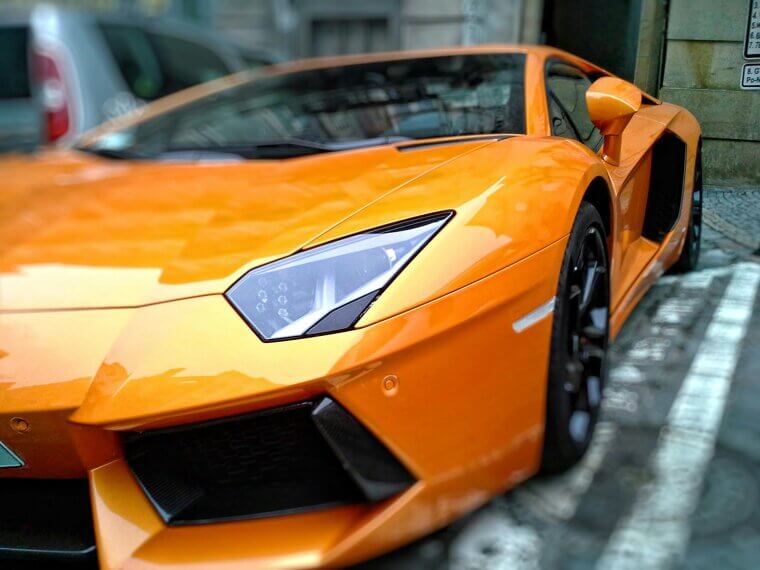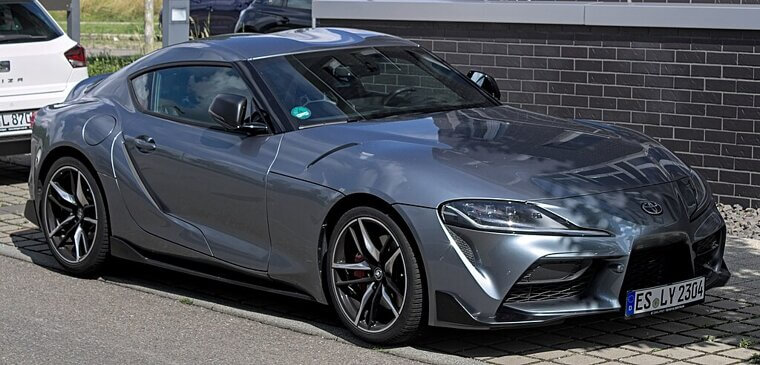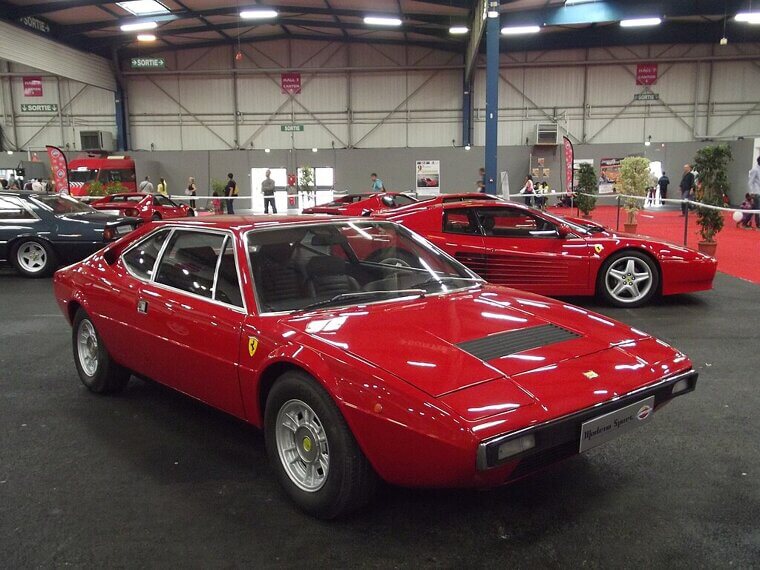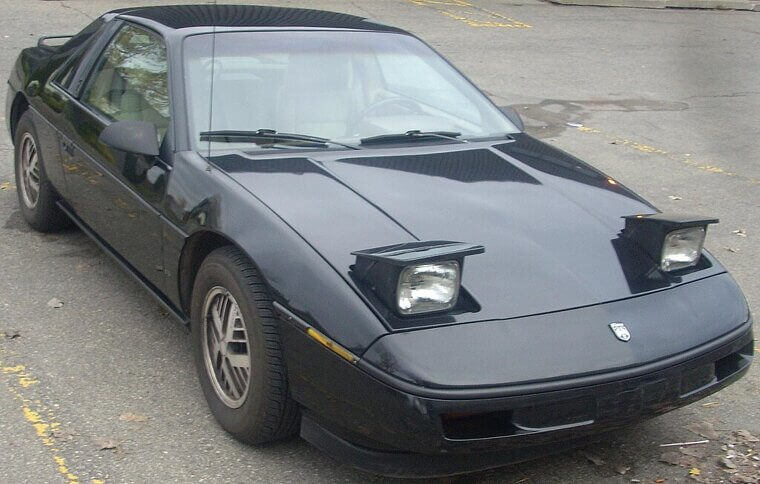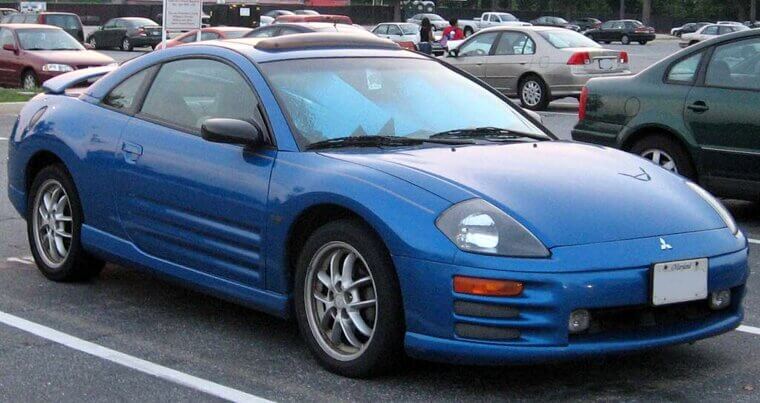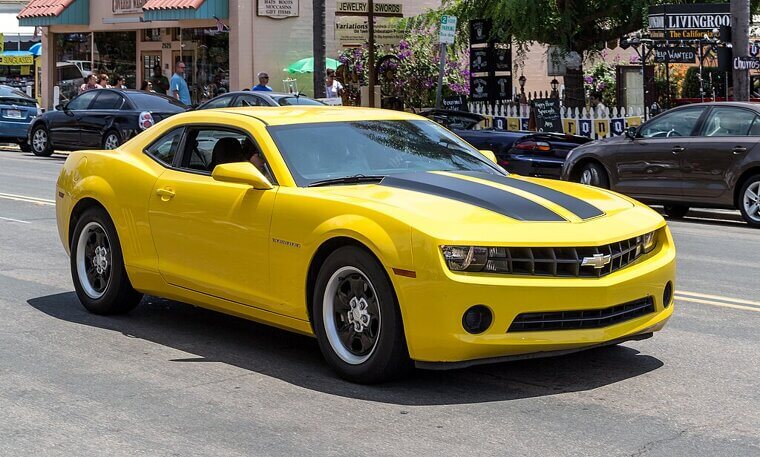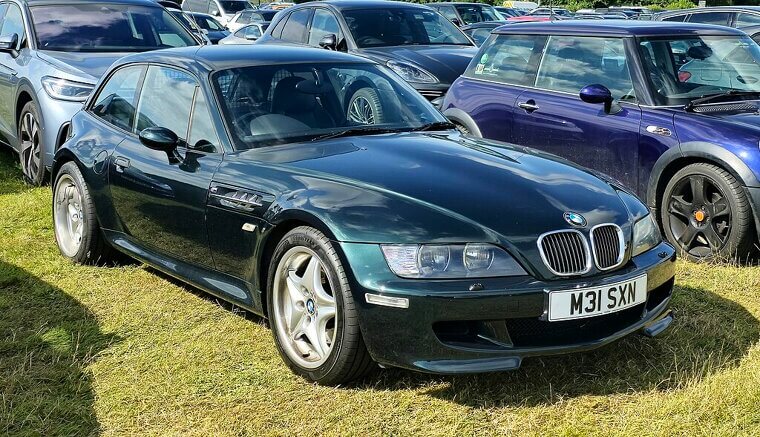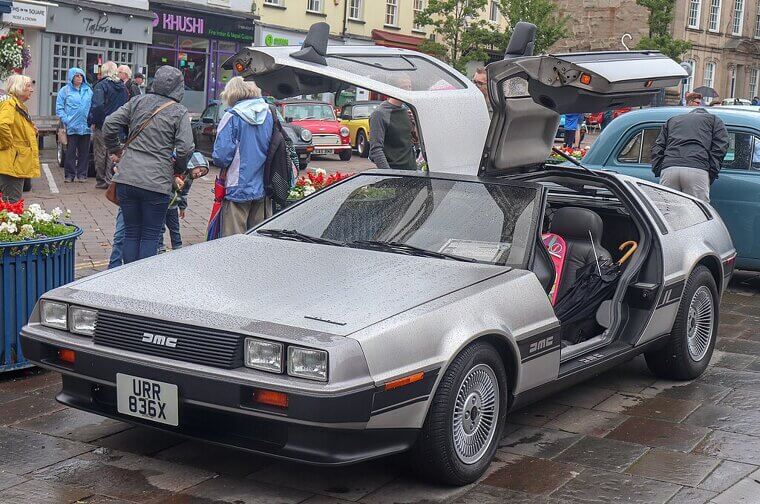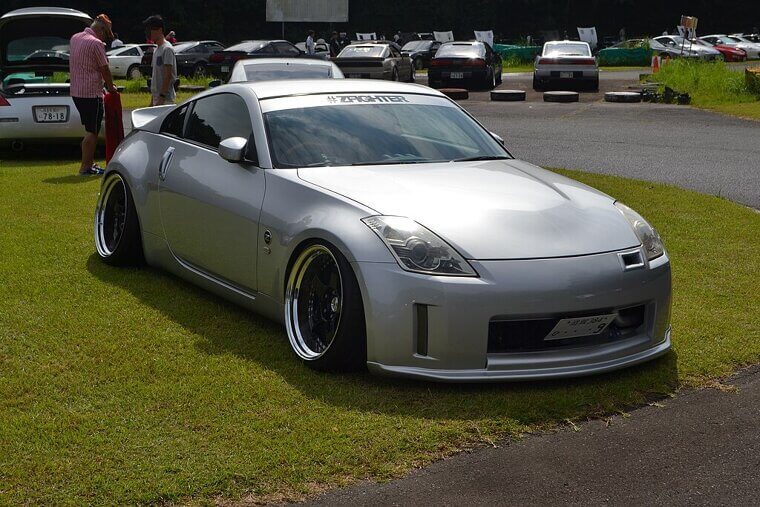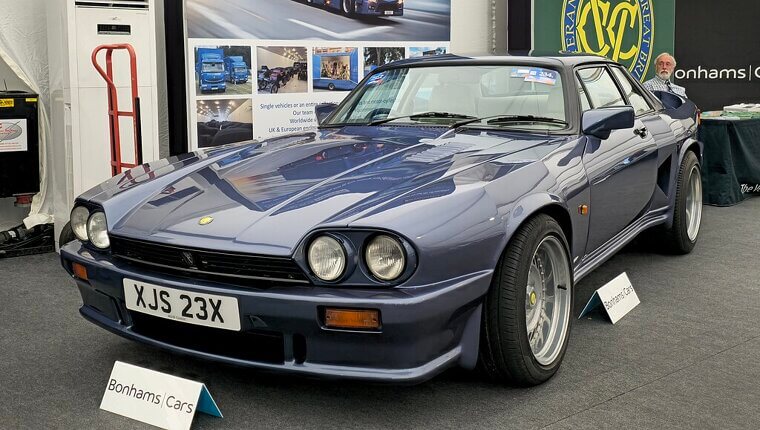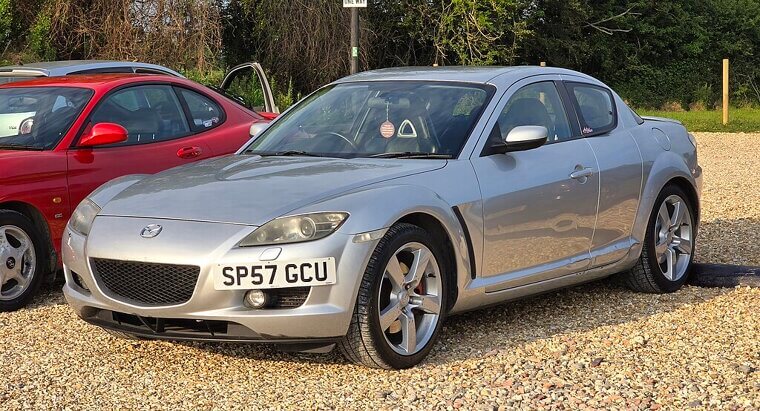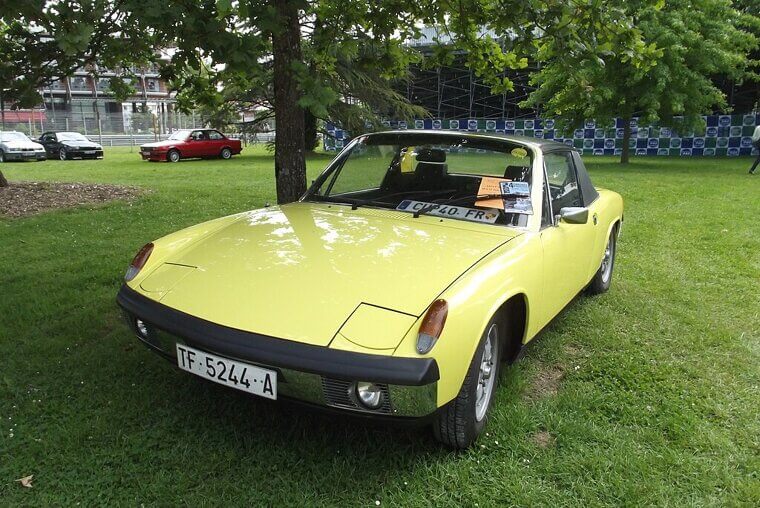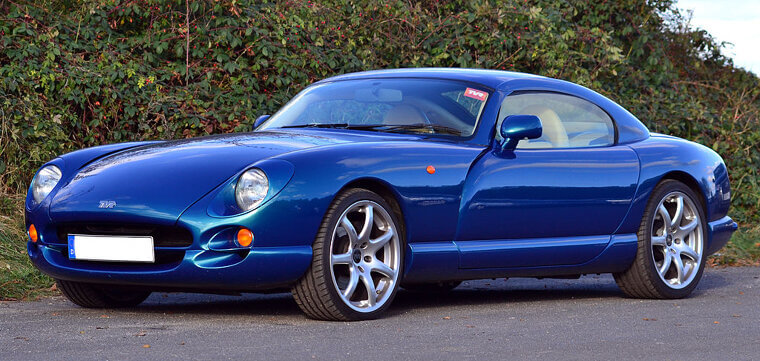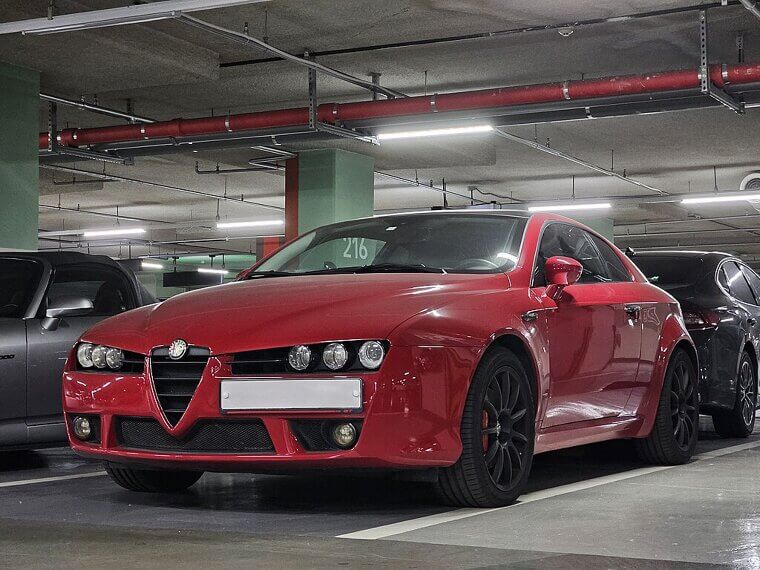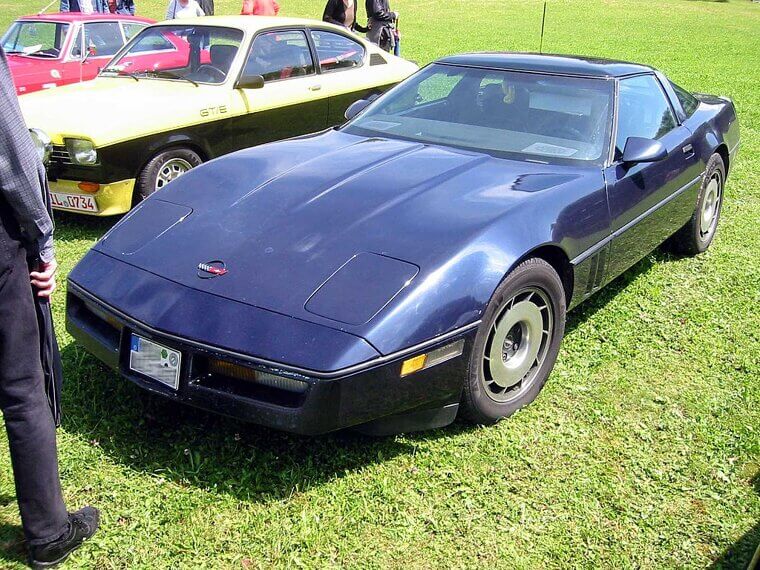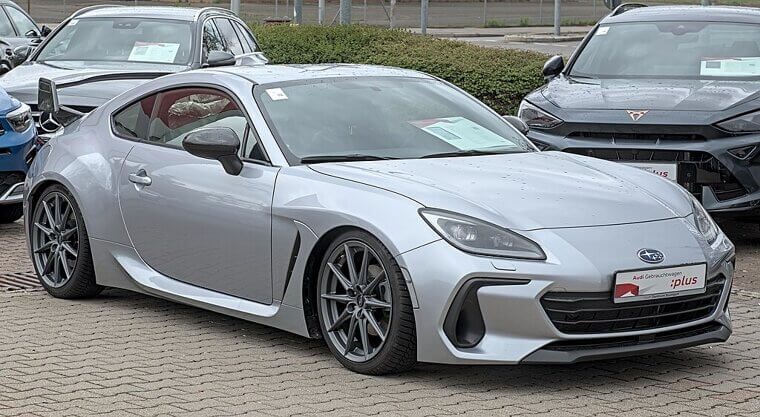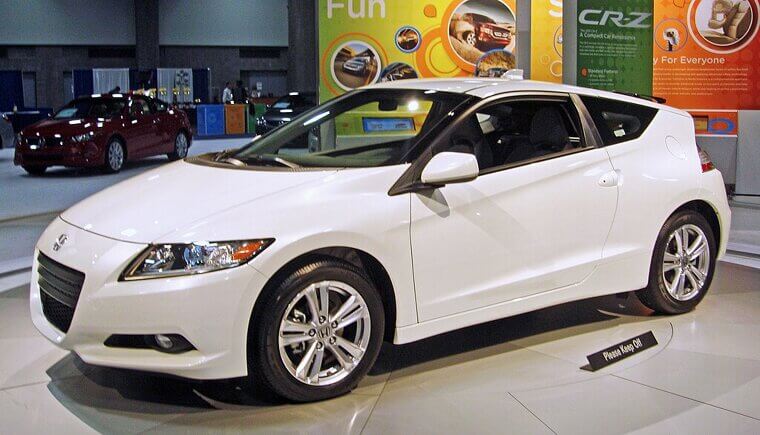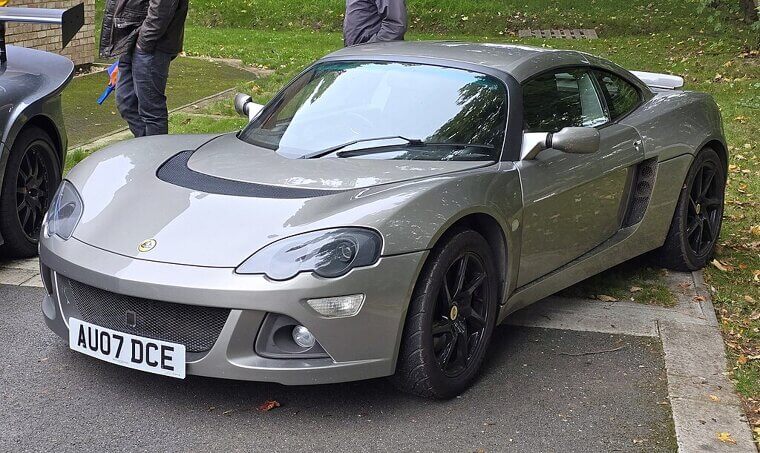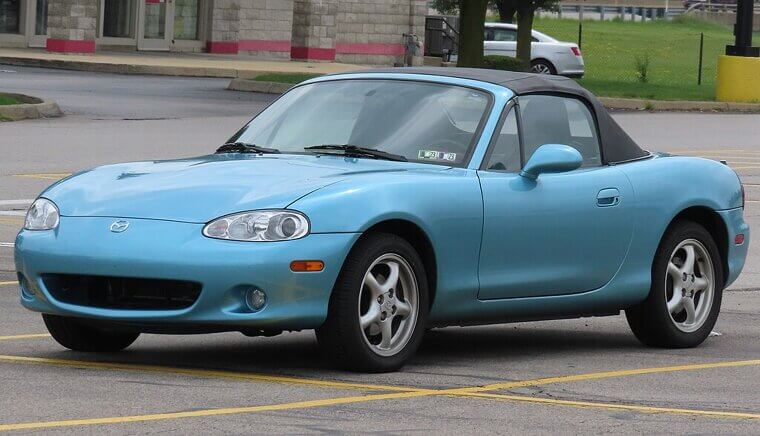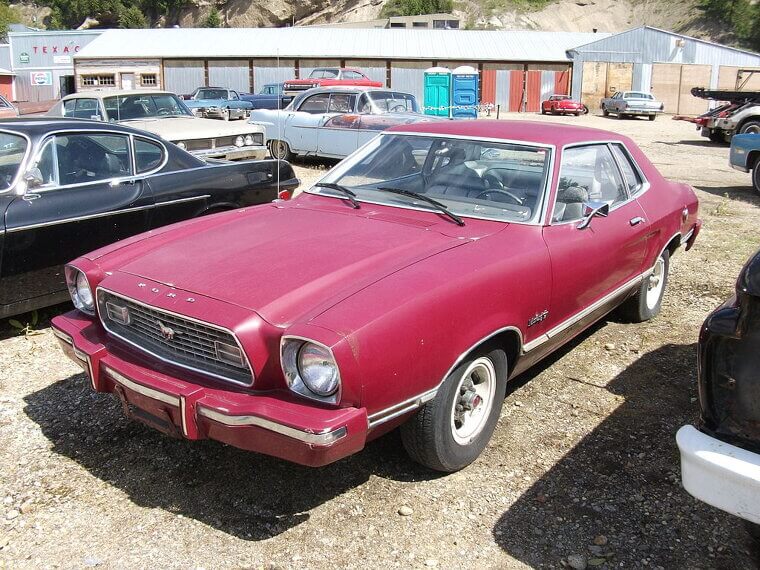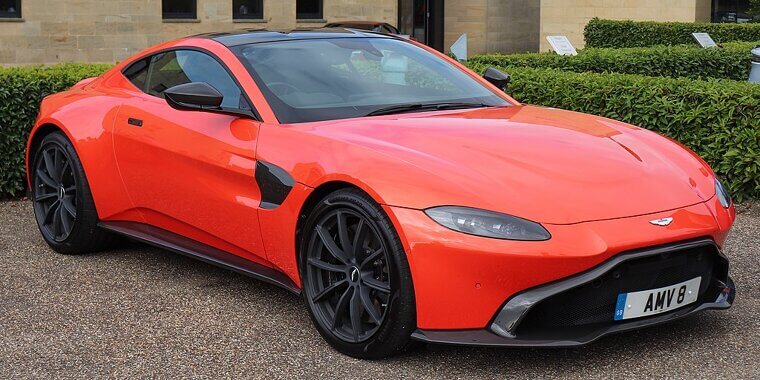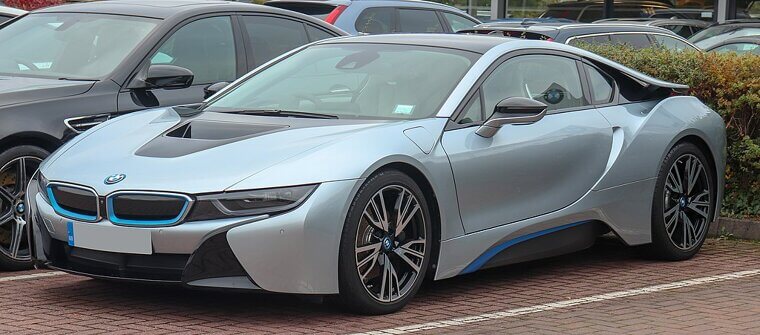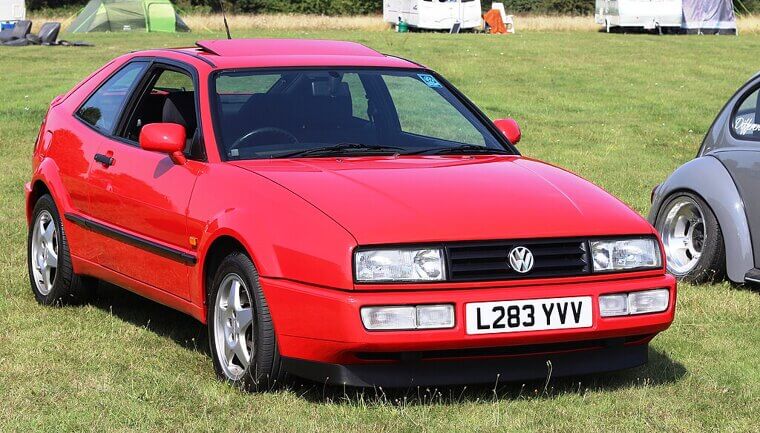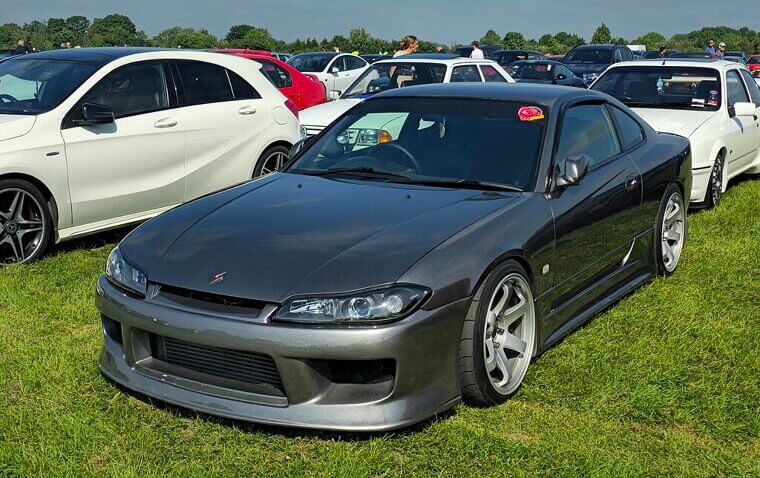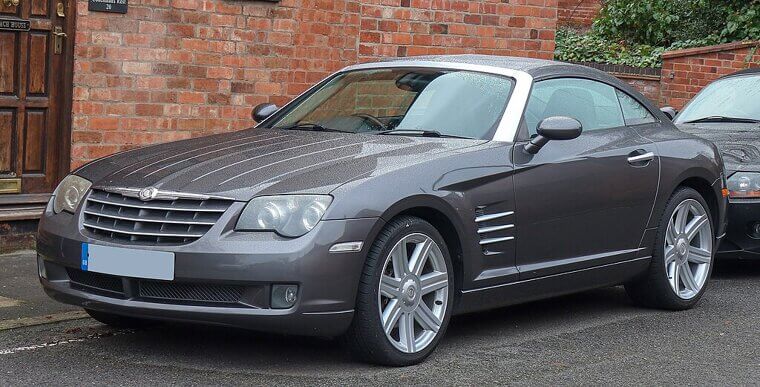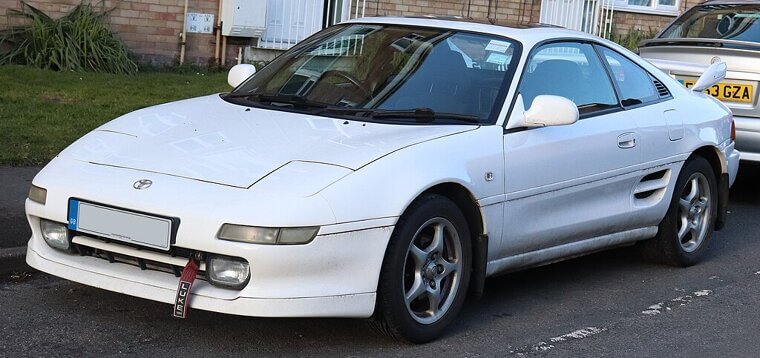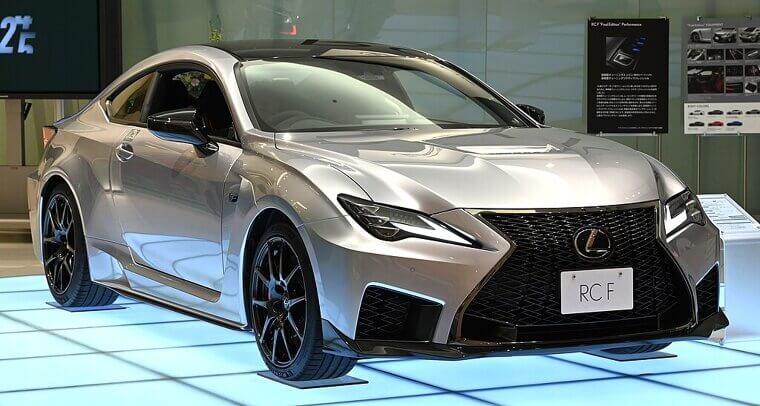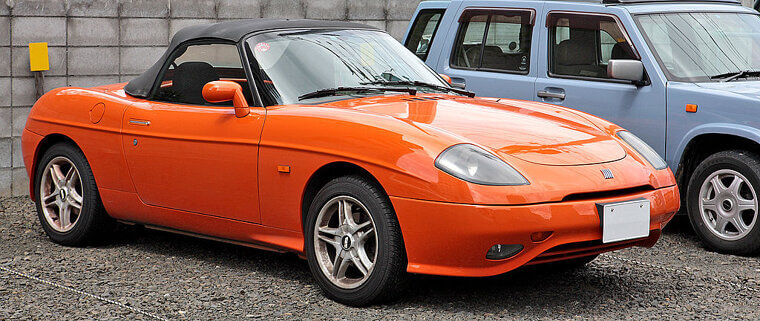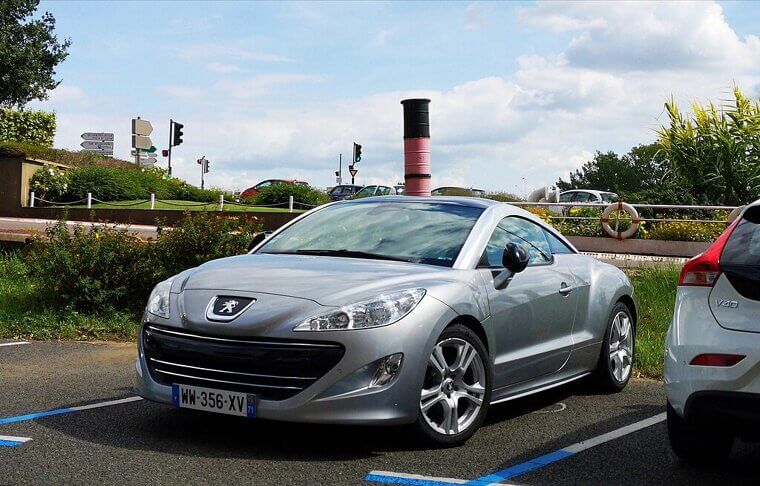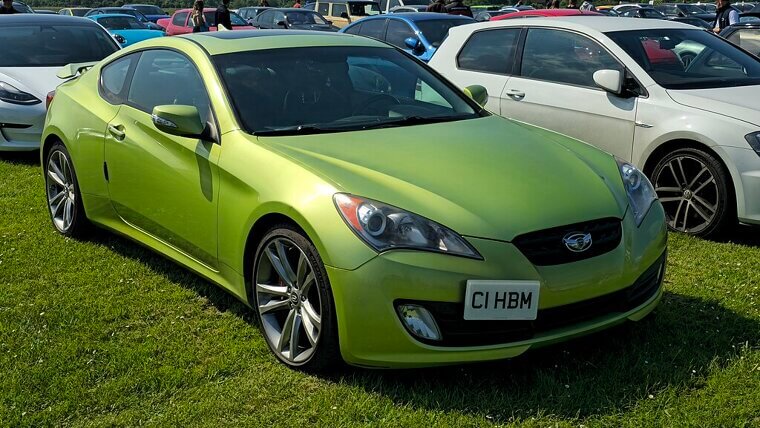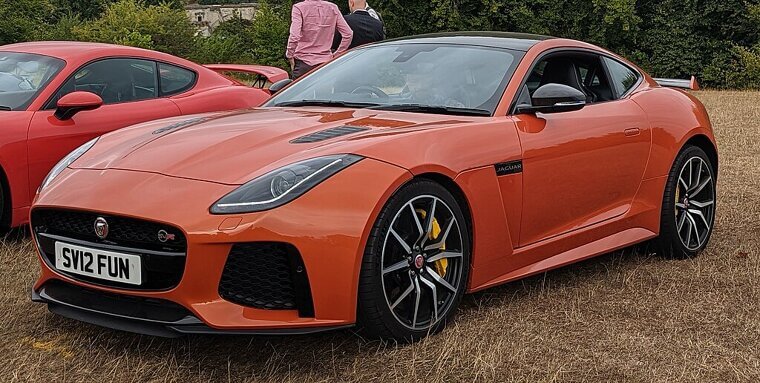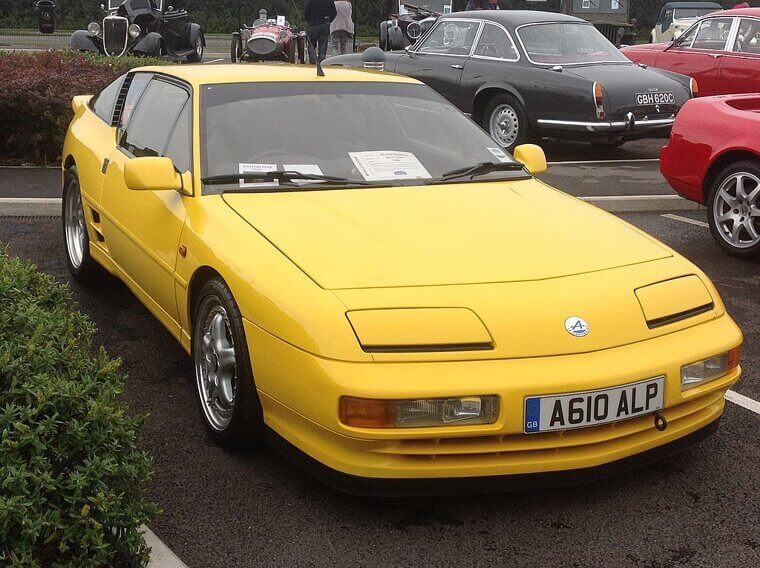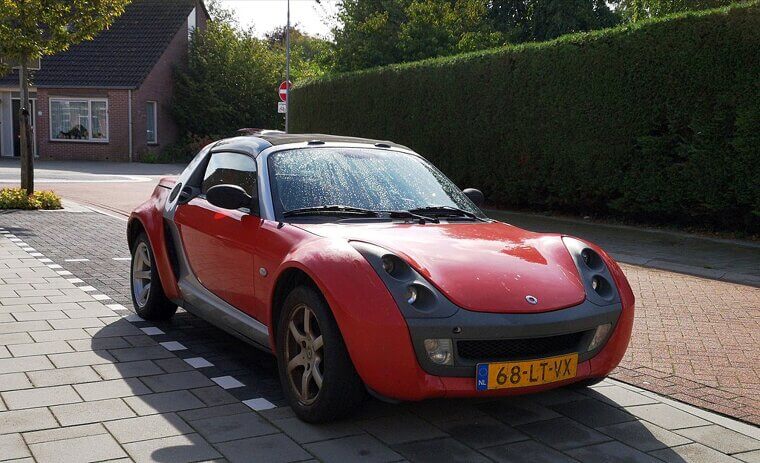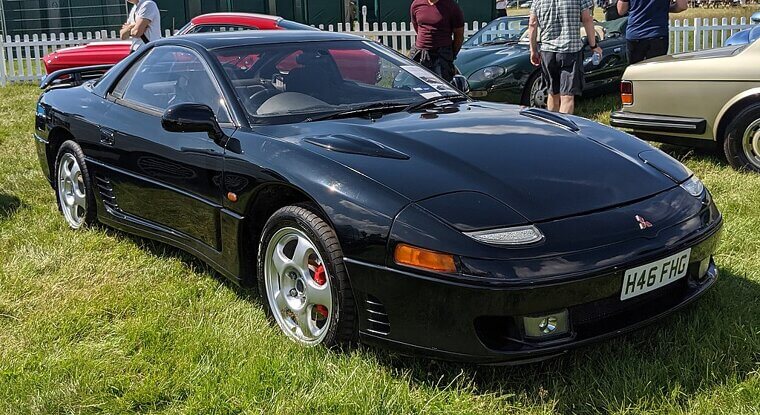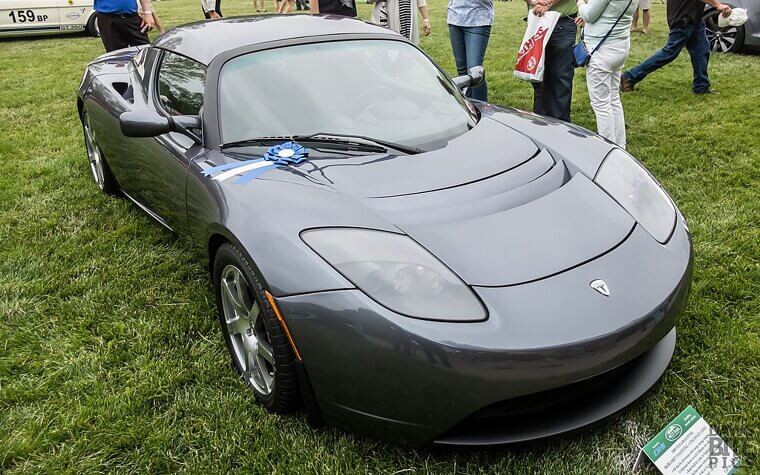Sports Cars That Turned Out to Be Letdowns
Some sports cars promise fireworks and deliver sparkler fizzes. Whether bloated by nostalgia, sunk by bad engineering, or hyped into oblivion by marketing, these cars simply didn’t live up to the badge—or the buzz.
Toyota Supra (A90, 2019–present)
The name’s legendary; the A90? Not so much. Co-developed with BMW and powered by a borrowed inline-six, this Supra felt more like a rebadged Z4 in cosplay. It’s quick, but lacks the raw magic, the tunability, the mythos of the Mk4, leaving purists cold and tuners shrugging.
Ferrari Mondial (1980–1993)
A mid-engined Ferrari with 2+2 seating sounds promising… until you actually drive it. The Mondial was heavy, underpowered, and saddled with business lunch styling. It wasn’t cheap either, which made the underwhelming performance even harder to swallow.
Pontiac Fiero (1984–1988)
America’s first mass-produced mid-engined car was far from classic! Overheating and electrical fires plagued early Fieros, plus it borrowed its engine from a tractor. GM marketed it like a sports car but built it like an economy commuter, and while later GT versions got better, the damage was already done.
Mitsubishi Eclipse (3rd & 4th Gen, 2000–2012)
Once a tuner scene darling, the Eclipse lost the plot in its later years, ballooning into a front-heavy, FWD cruiser with none of the sharpness or street cred of its earlier turbocharged AWD siblings. It traded performance for cheap thrills and styling for swagger.
Chevrolet Camaro (5th Gen, 2010–2015)
Although it looked like a Transformer, under all the macho muscle and concept car flex was a vehicle that felt heavy, clumsy, and lacked finesse. It had grim interior quality, nearly absent outward visibility, and its packed V8 power didn’t translate into handling finesse.
BMW Z3 (1995–2002)
James Bond drove one for about 90 seconds, which should’ve been the warning sign. The Z3 had the looks, but early models were underpowered and weirdly soft. The Z3 M was saddled with a chassis that never quite lived up to the badge.
DeLorean DMC-12 (1981–1983)
It’s stainless steel,packs gullwing doors and it's iconic! It’s also kinda trash. The DeLorean’s 130-ish horsepower was a joke even in the early ’80s, and the handling was more hovercraft than sports car. It looked like it came from the future, but all it accelerated was buyer regret.
Nissan 350Z (2002–2009)
The 350Z was a mixed bag. It was quick and had a great exhaust note, but it was also heavy, had dull steering, and a weirdly cheap interior. Enthusiasts wanted a nimble sports coupe; they got a slightly grumpy GT with anger issues and a drinking habit.
Jaguar XJS (1975–1996)
Replacing the E-Type was never going to be easy, but instead of lithe curves and spirited performance, Jaguar gave us a luxury land yacht. The XJS was handsome (in a long-nosed, opera-glove way), but it weighed like a barge and cornered like one, too.
Mazda RX-8 (2003–2012)
The RX-8 was so close. It had a high-revving rotary engine, sweet RWD balance, and a chassis made for joy. However, terrible fuel economy, questionable reliability, and apex seals with the lifespan of a housefly betrayed it.
Porsche 914 (1969–1976)
Sometimes called a “Volkswagen with a Porsche badge,” the 914 had decent balance thanks to its mid-engine layout, but it was woefully underpowered unless you sprang for the rare 914/6. Even then, it didn’t feel special enough to wear the crest. Quirky? Yes. Great? Not quite.
TVR Cerbera (1996–2003)
TVR promised madness - and it delivered! - but the Cerbera was more chaotic evil than controlled fury. The performance was nuclear, though the build quality was questionable, the ergonomics were baffling, and the reliability pure prayer-based. It looked like a predator and drove like a wild animal (in a bad way).
Alfa Romeo Brera (2005–2010)
Giugiaro styling? Bellissimo. Driving dynamics? Bellisnore. The Brera looked like a fantasy, yet under the swooping lines was a heavy, front-wheel-drive platform that dulled the thrill. Even the Q4 V6 versions felt sluggish! It was the heartbreak of the decade; so pretty, and so disappointing.
Chevrolet Corvette C4 (1984–1996)
This was supposed to bring the ’Vette into the future, although it often felt stuck in neutral. The early C4s were all angles and digital dashboards without much substance. With harsh rides, weird ergonomics, and power outputs that didn’t match the marketing, it felt like a plastic promise.
Dodge Challenger SRT8 (2008–2014)
It had a HEM, it had street presence and it had… weight problems. The SRT8 was a muscle car dressed like a sports car, and it handled like a bowling ball in a wet sock (which is great for burnouts, but terrifying in tight corners).
Subaru BRZ / Toyota GT86 (2012–2020)
Everyone screamed “finally!” when this duo dropped: RWD, manual, light weight… the formula was perfect. But then people actually drove them. Turns out, no amount of tail-happy balance could distract from the gutless engine. It begged to be thrashed, and never rewarded it.
Honda CR-Z (2010–2016)
This was supposed to be the spiritual successor to the CR-X. Instead, we got a hybrid that confused everyone (including itself). Too slow to be sporty, too cramped to be practical, and too mild to be thrilling. It was like a salad wearing racing stripes.
Lotus Europa S (2006–2010)
A “grown-up Elise” sounded good on paper; in practice, the Europa S was the automotive equivalent of decaf espresso. Softer, heavier, and visually awkward, it lacked the raw joy that made Lotus famous. It was meant to be refined. It was just… dull.
Mazda MX-5 Miata (NC, 2005–2015)
Hear us out. The NC wasn’t bad, but it was the least-loved Miata for a reason. Bigger, heavier, and more bloated than its predecessors, it lost some of that minimalist charm. It still handled well; where was the spark, though?
Ford Mustang II (1974–1978)
The ‘Stang was supposed to be muscle personified. Then the Mustang II showed up, looking like it had just left a disco in platform shoes. Emissions regs choked its performance, and the Pinto-based underpinnings were about as sporty as a damp sponge. America wept.
Aston Martin V8 Vantage (2005–2017)
It looked like a baby DBS, sounded glorious, and had a badge worthy of royalty. However, the V8 Vantage was often more show than go. The early 4.3-litre cars were underwhelming, the handling wasn’t as sharp as rivals, and the interior aged like a banana in the sun.
BMW I8 (2014–2020)
The i8 had the sci-fi looks and space-age price tag; Unfortunately, a 1.5-litre three-cylinder married to a modest electric boost powered it, so it was quick-ish, but not thrilling. The all-wheel drive layout dulled the fun, and the performance never matched the supercar aesthetics.
Volkswagen Corrado VR6 (1992–1995)
The Corrado had the VR6 engine, sweet handling, and that active rear spoiler. It was also expensive, heavy up front, and plagued with reliability quirks. It felt more like a hot hatch trying to fit into a sports car-only club. It’s a nostalgia darling today, though.
Nissan Silvia S15 (1999–2002)
The S15 was beloved by drift lords and tuning enthusiasts, although the hype often overshadowed the reality! It wasn’t sold in many markets, had inconsistent build quality, and in stock form felt more GT-lite than fire-breather. It wasn’t the messiah some make it out to be.
Chrysler Crossfire (2004–2008)
Mercedes underpinnings! Coupe style! Rear-wheel drive! The Crossfire sounded promising… until you saw it. That hunchback styling, odd proportions, and cheap-feeling interior turned off buyers in droves. It drove fine, but it never stirred the soul.
Toyota MR2 (3rd Gen / ZZW30, 1999–2007)
After the wedgy coolness of the AW11 and the turbocharged bite of the SW20, this MR2 felt like ordering steak and getting tofu. It was mid-engined and light, but also underpowered, oddly styled, and lacking storage or drama. It was a great chassis wrapped in a cardigan.
Lexus RC F (2014–present)
A naturally aspirated V8 in today’s world is heroic, but the RC F is heavy, expensive, and too soft to take on the German elite it aims at. It’s a grand tourer in a sports car’s suit, with an identity crisis baked right in.
Fiat Barchetta (1995–2005)
The name means “little boat,” and that’s about right; it looked cute, bobbed along pleasantly, but never really sailed. FWD and based on the Punto, the Barchetta wasn’t exactly thrilling. The styling turned heads, but the drive barely turned corners with conviction.
Peugeot RCZ (2009–2015)
You remember the RCZ for its double-bubble roof and concept-car curves. But the drive? Meh. It was based on the 308 and handled like it - meaning front-heavy, safe, and soulless. The promise of “French Audi TT rival” sounded spicy; it never delivered the performance to match the looks, though.
Hyundai Genesis Coupe (2010–2016)
Hyundai’s rear-drive coupe with turbo or V6 power sounded perfect… but then the reviews hit. Vague steering, weighty feel, and an interior that screamed “budget tuner.” It wanted to battle the Mustang and 370Z, then brought a spoon to a swordfight.
Jaguar F-Type 4-Cylinder (2017–present)
Dropping a 2.0-litre four-pot into this beauty was like putting a lawnmower engine in a monster truck. The handling is still sharp and the styling is timeless, but without the V6 or V8 soundtrack, it’s missing its soul. Where it should howl, it whispers quietly.
Renault Alpine A610 (1991–1995)
Following the iconic A110 is a tough gig, and the A610 gave it a go - complete with rear-mounted turbo V6 and GT ambitions. But it was too heavy, too complex, and too expensive to keep Alpine's magic alive. Despite slick looks and solid pace, it never lived up to its heritage.
Smart Roadster (2003–2005)
This thing had potential in spades: lightweight, turbocharged, rear-drive. Sadly, the gearbox was a tragic opera in five gears. You’d press the paddle, make a coffee, and then it would shift. It handled like a kart and looked adorable, but the slothful transmission killed the buzz. It’s a cult classic now, but during its run it was mostly just mocked.
Dodge Stealth (1990–1996)
Mitsubishi 3000GT twin! AWD! Twin turbo! So, why was it worse? Despite sharing the same tech, the Stealth always felt like the knock-off cologne version: heavier than it looked, dull steering, and complex systems that aged like yogurt. It came with everything but the thrill.
Tesla Roadster (1st Gen, 2008–2012)
This one feels like heresy, but early adopters know: the first Roadster was janky. Built on a Lotus Elise chassis, but heavier and often unreliable, with a ride that rattled fillings loose. It was groundbreaking, but hype crowned it a revolution before it could even corner properly. The idea was gold. The execution? Eh.

